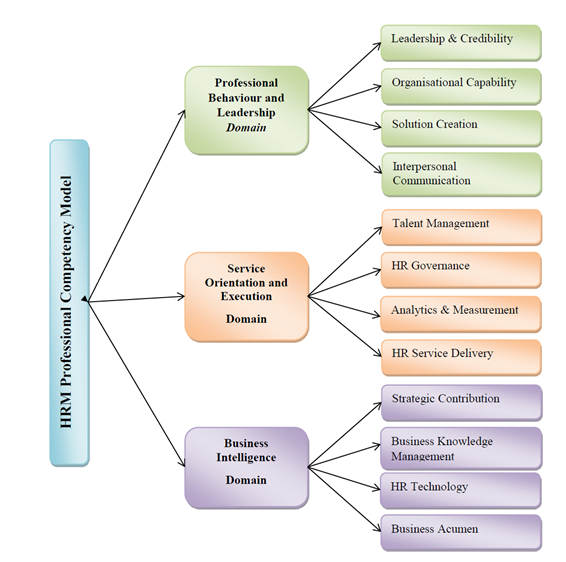

1) gives data converted from observed quantities to L and T eff. This Hertzsprung-Russell diagram, obtained by a selection of stars in Gaia’s second release catalogue, is the most detailed to date made by mapping stars over the entire sky, containing roughly a hundred times more stars than the one obtained using data from ESA’s Hipparcos mission, the predecessor of Gaia, in the 1990s. Although the data can be plotted in various forms, the sample HR diagram shown here (Fig.
HR DIAGRAM HOW TO
After an initial overview by members of the Gaia Data Processing and Analysis Consortium on main data products published with Gaia DR3 and how to use them, the meeting will attempt to discuss the constraints that Gaia data can set on: The Hertzsprung-Russell (HR) diagram is a plot of luminosity versus surface temperature for a set of stars. One of the most useful and powerful plots in astrophysics is the Hertzsprung-Russell diagram (hereafter called the H-R diagram). The tracks that you see on the graph (on the left) map the lifecycle of the star. When you first open the box you start with a star with the same mass as the Sun but you can change this to a different mass at any time. The Hertzsprung-Russell diagram ( HR diagram) is one of the most important tools in the study of stellar evolution. The meeting is part of the project “Revealing the Milky Way with Gaia” (MW-Gaia) funded by a COST (European Cooperation in Science and Technology) Union action. Star in a Box allows you to explore one of the most enigmatic tools in astronomy - the Hertzsprung-Russell diagram.

But for each star, you need to measure only two quantities: luminosity and.
HR DIAGRAM SERIES
The meeting will specifically address the impact on stellar models of new data products released with Gaia DR3 on 13 June 2022, such as binaries and non single-stars, time series data and characterization for more than 11 millions variable stars/sources of 25 different types, astrophysical parameters (abundances, temperatures and gravities) for about 500 million objects, mean radial velocities for about 33 million stars and RVS spectra for about 1-million sources. To make an H-R diagram, you must look at many stars. The meeting will focus on the Gaia crucial contribution to stellar evolution and our capability of modeling different stellar evolutionary phases, through the interpretation of excellent quality observational HR diagrams of star clusters and stellar populations from the Solar neighborhood to the Milky Way halo and its neighbors, where distances, stellar absolute luminosities, and colours are available thanks to the improved photometry and astrometry published with Gaia EDR3.


 0 kommentar(er)
0 kommentar(er)
